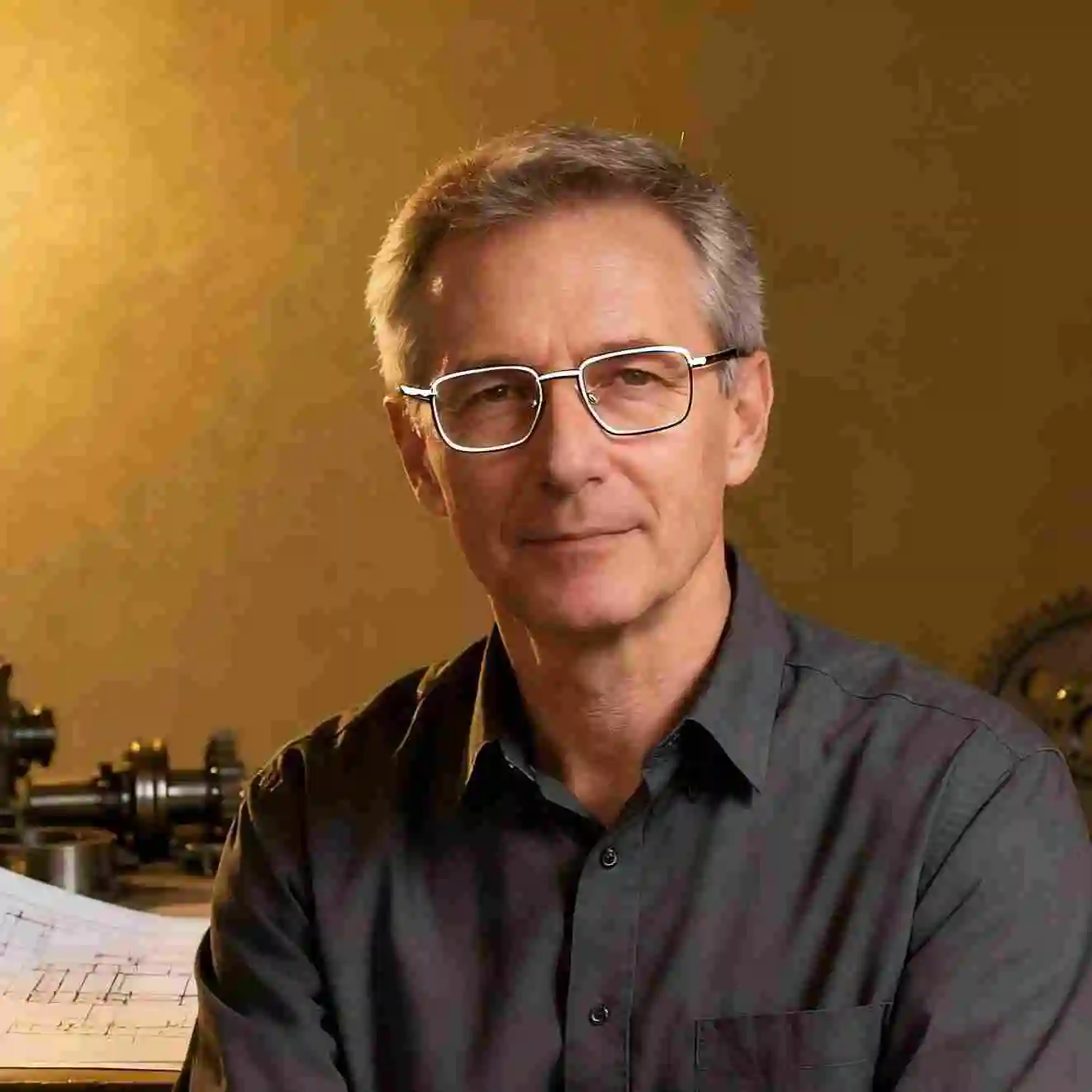
AI Expert
Image to Prompt Team
How to Write Effective Image Prompts
.webp)

AI Expert
Image to Prompt Team
.webp)
Creating effective image prompts is both an art and a science. The key to success lies in understanding how AI models interpret and process textual descriptions. A well-crafted prompt can transform a simple idea into a stunning visual masterpiece.
The foundation of any great image prompt is clarity and specificity. Instead of vague descriptions like "a beautiful landscape," effective prompts provide detailed information about composition, lighting, style, and mood.
Use concrete, descriptive language that paints a clear picture. Include details about:
Incorporate quality-enhancing terms that guide the AI toward professional results:
"highly detailed," "professional photography," "award-winning," "cinematic lighting," "masterpiece"
Organize your prompt in a logical flow:
Poor prompt: "a person"
Effective prompt: "Professional portrait of a young woman with curly auburn hair, soft natural lighting, shallow depth of field, shot with 85mm lens, warm color tones, confident expression, studio background"
Poor prompt: "a dragon"
Effective prompt: "Majestic ancient dragon perched on a mountain peak, detailed scales reflecting moonlight, fantasy art style, dramatic lighting, epic composition, digital painting, highly detailed, masterpiece"
Use negative prompts to exclude unwanted elements:
"blurry, low quality, distorted, amateur, oversaturated"
Reference specific artists or art movements:
Mastering the art of image prompt writing takes practice and experimentation. Start with clear, specific descriptions, incorporate quality modifiers, and don't be afraid to iterate and refine your prompts based on the results you achieve.
Remember, the best prompts are those that clearly communicate your vision while providing the AI with enough detail to create something truly remarkable. Happy prompting!